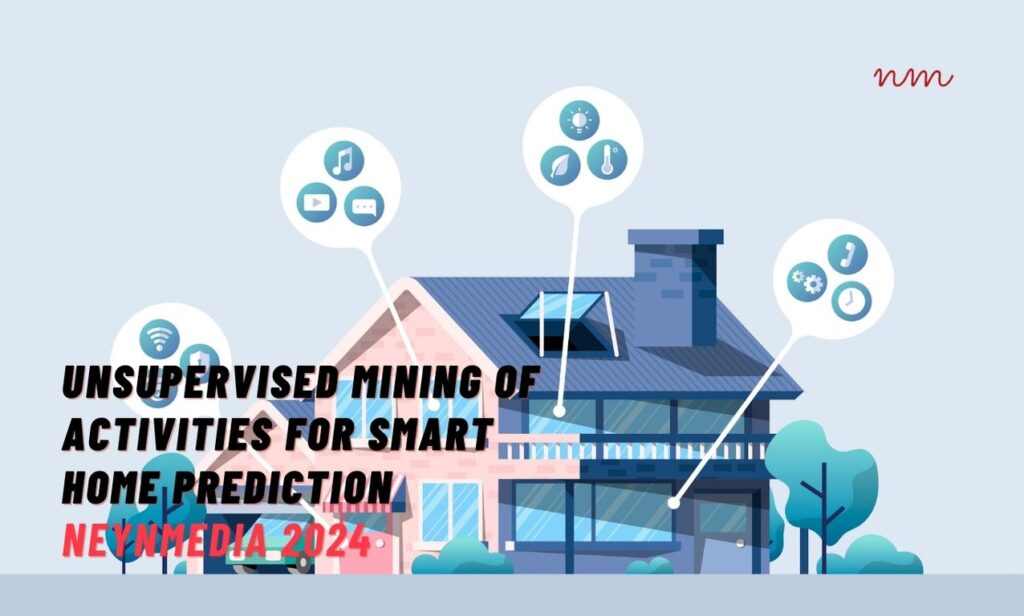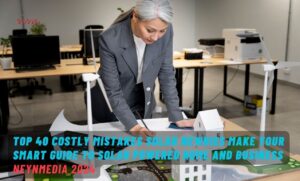Unsupervised Mining of Activities for Smart Home Prediction
In the realm of smart home technology, unsupervised mining of activities holds immense potential for revolutionizing our living experiences. By harnessing the power of artificial intelligence, we can uncover patterns and insights from vast amounts of data collected from various sensors and devices within our homes, enabling us to predict and automate tasks, enhance security, and optimize energy usage.
In this blog, I’ll share some effective strategies for unsupervised mining of activities in smart homes. We’ll explore techniques for extracting meaningful information from sensor data, such as clustering algorithms to identify common activity patterns and anomaly detection methods to flag unusual events. I’ll also discuss approaches for building predictive models that can anticipate future activities based on historical data, allowing us to automate tasks and improve the overall efficiency of our smart homes.
As a writer with over a decade of experience in the field of technology, I’m passionate about exploring the latest advancements and sharing my insights with others. I believe that unsupervised mining of activities has the potential to transform the way we interact with our homes, making them more responsive, efficient, and secure. Join me on this journey as we delve into the world of smart home prediction and discover the possibilities that lie ahead.
Unsupervised Mining of Activities for Smart Home Prediction
In the era of smart homes, predicting human activities has become increasingly important for various applications such as energy management, security, and personalized services. Traditional approaches to activity prediction often rely on supervised learning, which requires labeled data for training. However, obtaining such labeled data can be expensive and time-consuming, especially in smart home settings where the number of possible activities is vast and diverse.
Unsupervised Learning for Activity Prediction
Unsupervised learning offers a promising alternative to supervised learning for activity prediction in smart homes. Unsupervised learning algorithms can discover patterns and structures in data without the need for labeled data. This makes them particularly suitable for scenarios where labeled data is scarce or unavailable.
Challenges in Unsupervised Activity Prediction
Unsupervised activity prediction in smart homes faces several challenges. One challenge is the high dimensionality of smart home data. Smart homes typically generate a large volume of data from various sensors, such as motion sensors, temperature sensors, and energy meters. This high dimensionality poses challenges for unsupervised learning algorithms, which often struggle to extract meaningful patterns from such complex data.
Recent Advances in Unsupervised Activity Prediction
Despite the challenges, there have been significant advances in unsupervised activity prediction for smart homes in recent years. These advances have been driven by the development of novel unsupervised learning algorithms, such as deep learning and reinforcement learning, which have shown promising results in various domains.
Applications of Unsupervised Activity Prediction
Unsupervised activity prediction has a wide range of applications in smart homes. These applications include:
- Energy management: Unsupervised activity prediction can be used to identify patterns of energy consumption and predict future energy needs. This information can be used to optimize energy usage and reduce energy costs.
- Security: Unsupervised activity prediction can be used to detect anomalous activities that may indicate a security breach or an emergency. This information can be used to trigger alarms or send notifications to homeowners.
- Personalized services: Unsupervised activity prediction can be used to provide personalized services to homeowners. For example, a smart home system can use unsupervised activity prediction to learn the preferences of homeowners and adjust its behavior accordingly.
As unsupervised learning continues to advance, we can expect to see even more innovative and groundbreaking applications of unsupervised activity prediction in smart homes in the years to come.
“`
FAQs about Unsupervised Mining of Activities for Smart Home Prediction
What is unsupervised mining of activities for smart home prediction?
Unsupervised mining of activities for smart home prediction involves automatically identifying patterns and extracting meaningful information from smart home data without the need for labeled training data. This approach aims to discover hidden structures, routines, and anomalies in the data to make predictions about future activities and events in the smart home.
What are the key challenges in unsupervised mining of activities for smart home prediction?
Some key challenges in unsupervised mining of activities for smart home prediction include:
- Data sparsity and incompleteness: Smart home data can be sparse and incomplete due to sensor failures, communication issues, or user privacy concerns.
- High dimensionality: Smart homes generate a large volume of data from various sensors, leading to high-dimensional data that can be difficult to analyze.
- Complex and dynamic patterns: Activities in smart homes can be complex and dynamic, involving interactions between multiple devices and occupants. Capturing these patterns requires sophisticated algorithms.
What are the common unsupervised learning algorithms used for mining activities in smart homes?
Common unsupervised learning algorithms used for mining activities in smart homes include:
- Clustering algorithms: These algorithms group similar data points together, allowing the identification of distinct activity patterns.
- Association rule mining: This technique discovers frequent patterns and associations between events or activities in the smart home.
- Anomaly detection algorithms: These algorithms identify unusual or unexpected patterns that may indicate abnormal behavior or potential security breaches.

How can unsupervised mining of activities benefit smart home applications?
Unsupervised mining of activities in smart homes offers several benefits, including:
- Activity recognition: Unsupervised learning algorithms can automatically recognize and classify activities performed in the smart home, providing insights into occupant behavior and preferences.
- Energy management: By identifying patterns in energy consumption, unsupervised mining can help optimize energy usage and reduce energy costs.
- Security and privacy: Unsupervised learning algorithms can detect anomalies and suspicious patterns, enhancing the security and privacy of smart home systems.
What are the future research directions in unsupervised mining of activities for smart home prediction?
Future research directions in unsupervised mining of activities for smart home prediction include:
- Developing more robust and scalable algorithms: Research efforts aim to develop unsupervised learning algorithms that can handle large-scale smart home data and adapt to changing environments.
- Integrating multiple data sources: Future research will explore the integration of data from various sensors, devices, and external sources to improve the accuracy and comprehensiveness of activity prediction.
- Enhancing interpretability and explain ability: Researchers are working on developing methods to make unsupervised learning models more interpretable, allowing users to understand the underlying patterns and decision-making processes.
Recent Post:



